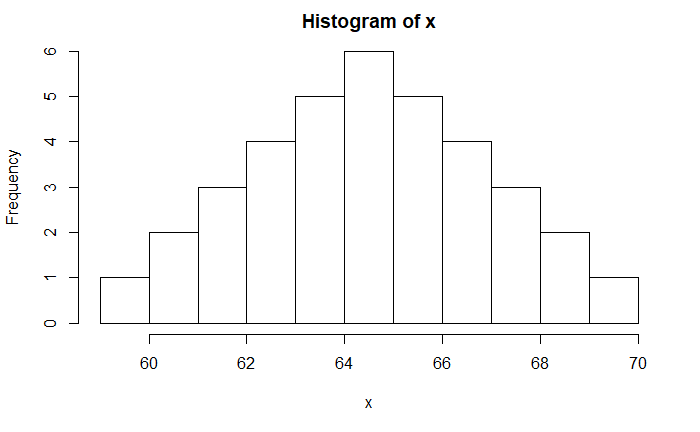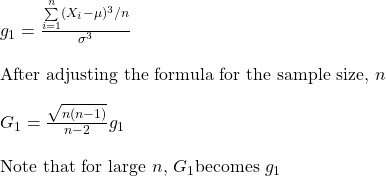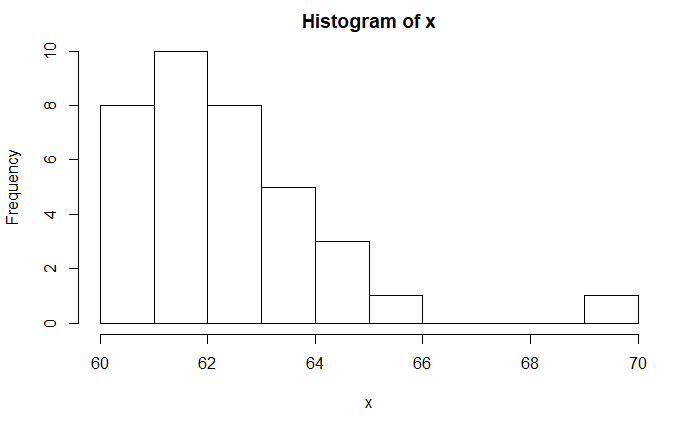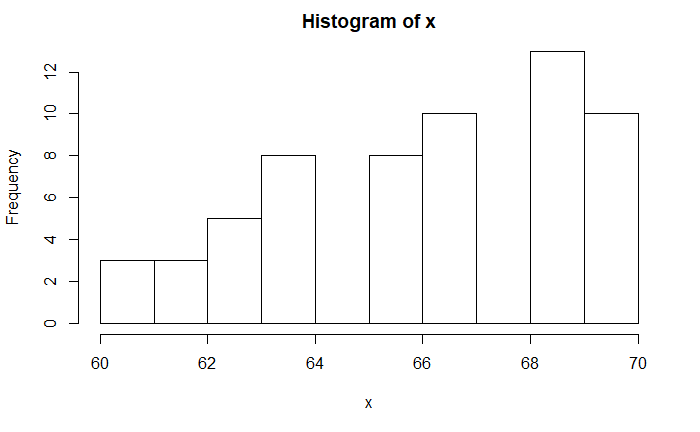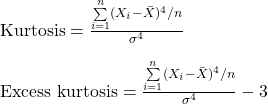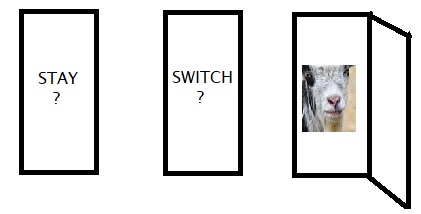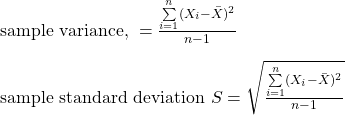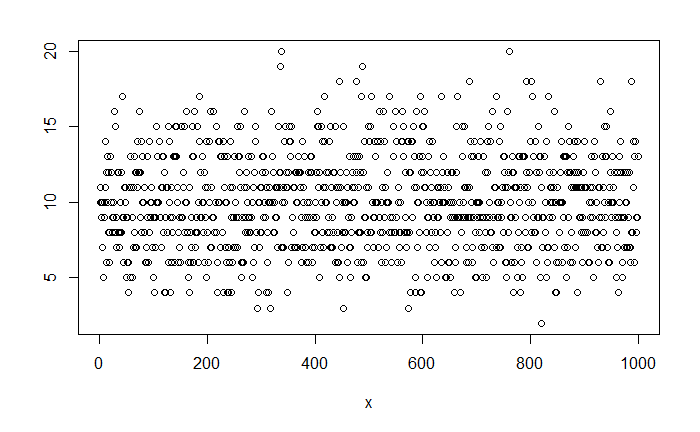Self Biases
We shall see two interesting cognitive bises today – related to self! They are self-assessment bias and self-serving bias. From the psychological perspective, they both originate from our want to uphold self-worth and protect our ego.
Self-assessment bias, also known as the Dunning–Kruger effect, makes people overestimate their abilities. A famous example is a survey in the 80s at General Electric. The average engineer rated her performance inside the 78th percentile, and only two of the 92 surveyed thought they were below average!
On the other hand, self-serving bias is the tendency of the individual to claim credits if things go right (and blame others when wrong). While it may have originated from our desire to build and maintain high self-esteem, in the end, the results appear miserable and seriously impede our chances to learn from mistakes and succeed in life.
